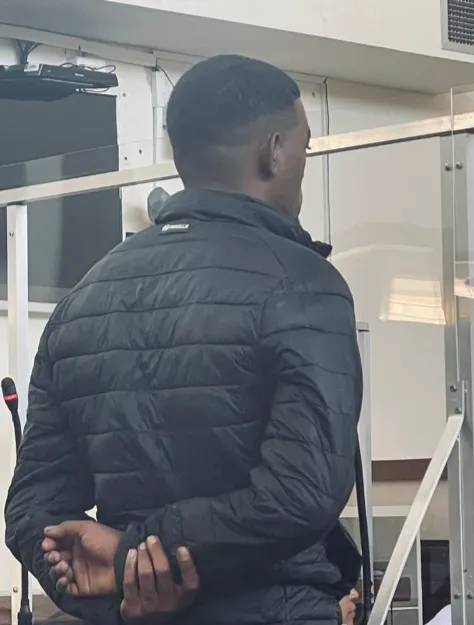Hiker airlifted to hospital after fall in Muizenberg
A hiker was airlifted to hospital with serious injuries following a dramatic fall on a mountain trail in Muizenberg, prompting urgent rescue efforts.
Camps Bay High School musicians earn places in prestigious youth orchestra
Four Grade 10 pupils from Camps Bay High School have been selected to join the prestigious Cape Philharmonic Youth Orchestra, showcasing their talent and dedication ...
Final tally: 171 babies born on Christmas Day in Western Cape
Christmas Day brought new life to the Western Cape, with a total of 171 babies born at provincial public health facilities, according to the Department of Health ...
Western Cape public hospitals record at least 32 Christmas Day births
A total of 32 babies were born at public health facilities across the Western Cape on Christmas Day, according to the Western Cape Department of Health and Wellness. ...
South Africans travel smarter this festive season as Cape Town tops domestic holiday list
Despite tighter household budgets, more than half of South Africans are still planning to travel this festive season, according to Cape Town Tourism’s latest Domestic ...
Two suspects arrested after reported mugging on Signal Hill
A multi-agency response led to the arrest of two suspects following reports of a mugging on Signal Hill late on Tuesday afternoon, December 23.
Cape Town City Ballet adds a matinee performance of Alice in Wonderland
Don't miss the chance to see Cape Town City Ballet's enchanting production of Alice in Wonderland, now featuring an additional matinee performance on December 28. ...
Firefighters contain three Cape Winelands fires with no damage reported
Firefighters from the Cape Winelands District Municipality (CWDM) have contained three fires that broke out across parts of the district, with no damage to property ...
Leftover magic: Easy Boxing Day recipes using Christmas leftovers
AFTER the bustle of Christmas, Boxing Day, is the perfect opportunity to slow down, and many will do just that at the beach with a leftover feast.
Accident claims life of Sixty60 driver, 23, in Faure
Macassar police are investigating after a Sixty60 driver was killed in an accident on the R102, in Faure, near the Kelderhof entrance on Tuesday morning, December ...
30 killed in Western Cape road crashes during peak festive travel week
Thirty people lost their lives in road crashes across the Western Cape during the peak festive travel period between Monday, December 15 and Sunday, December 21, ...
